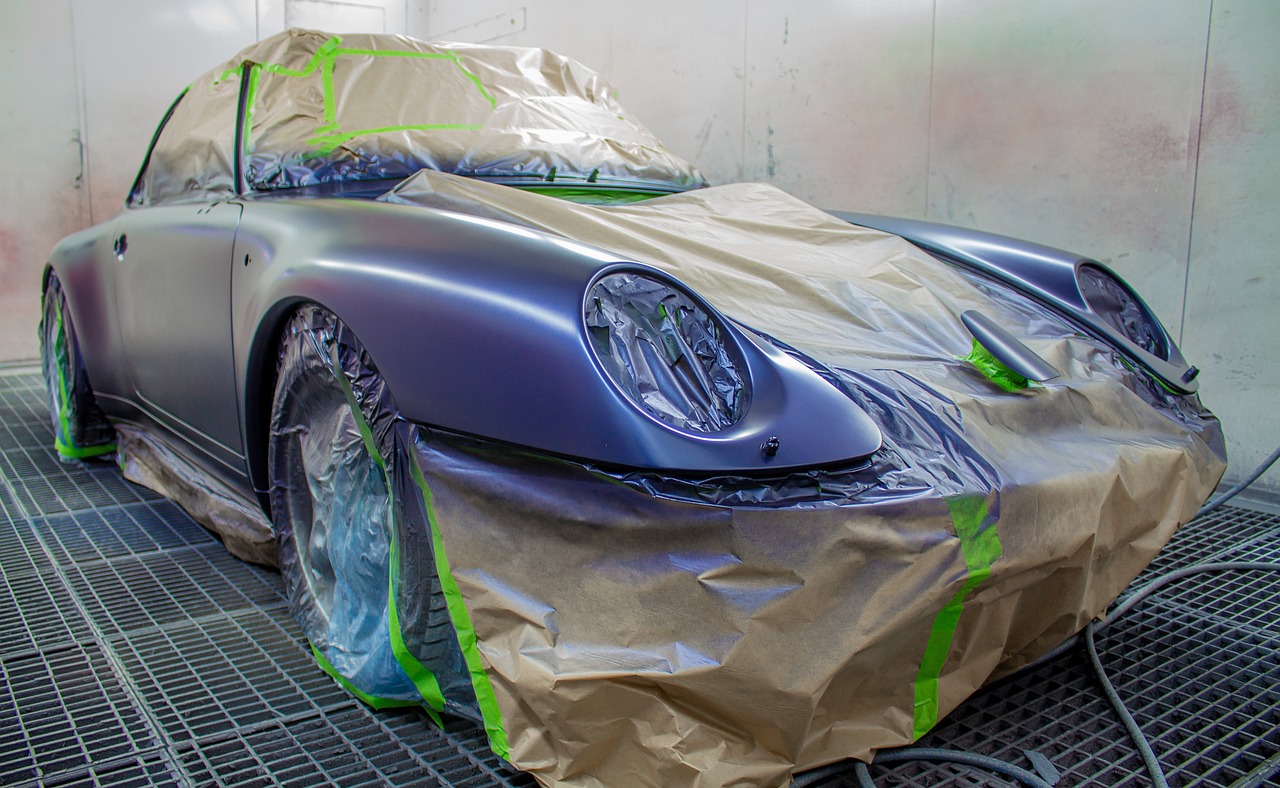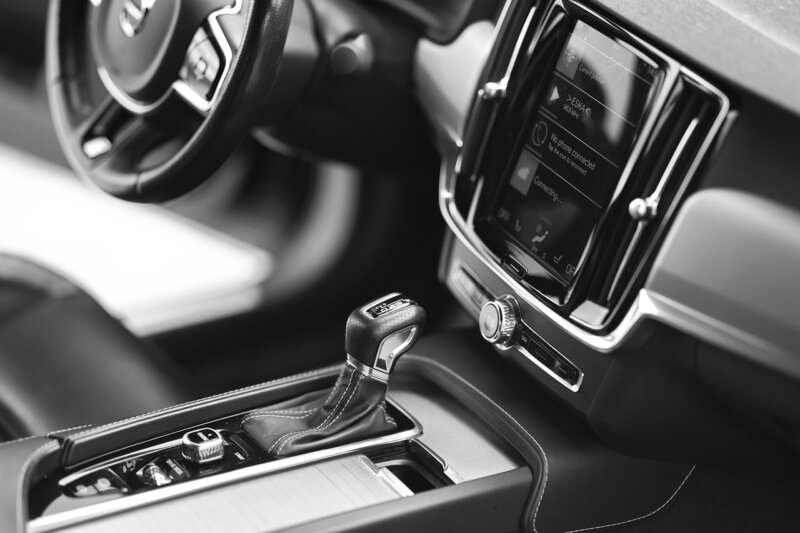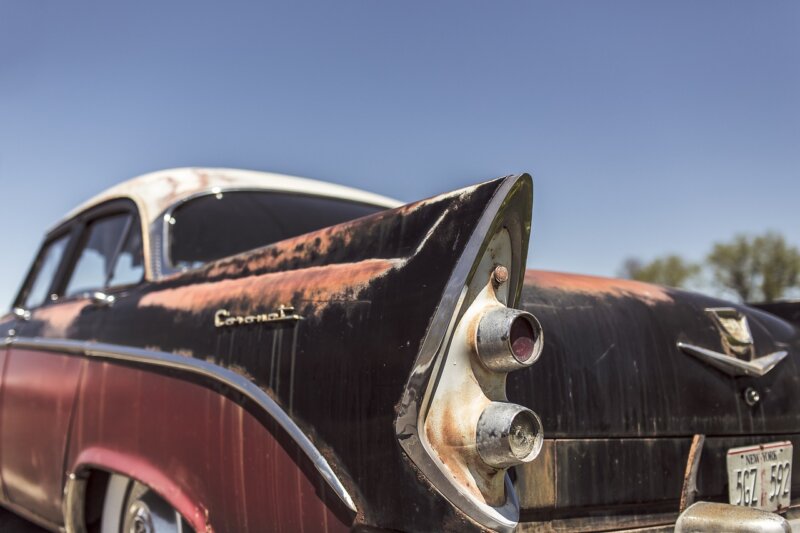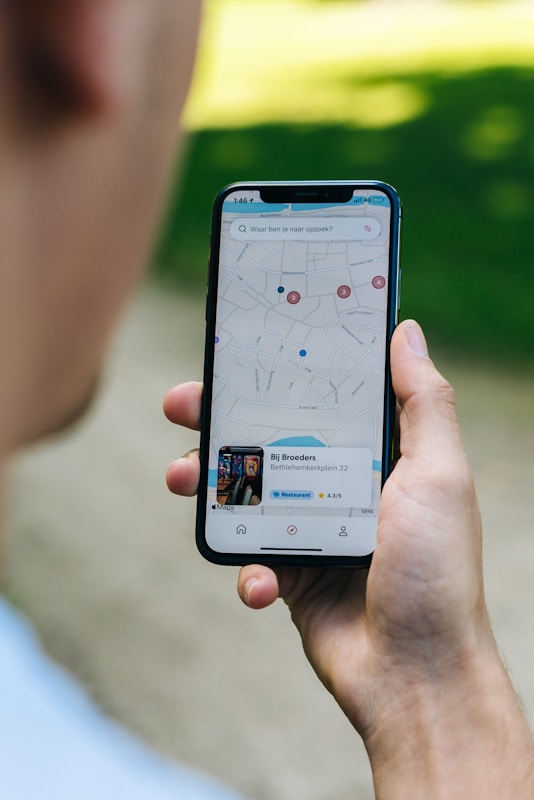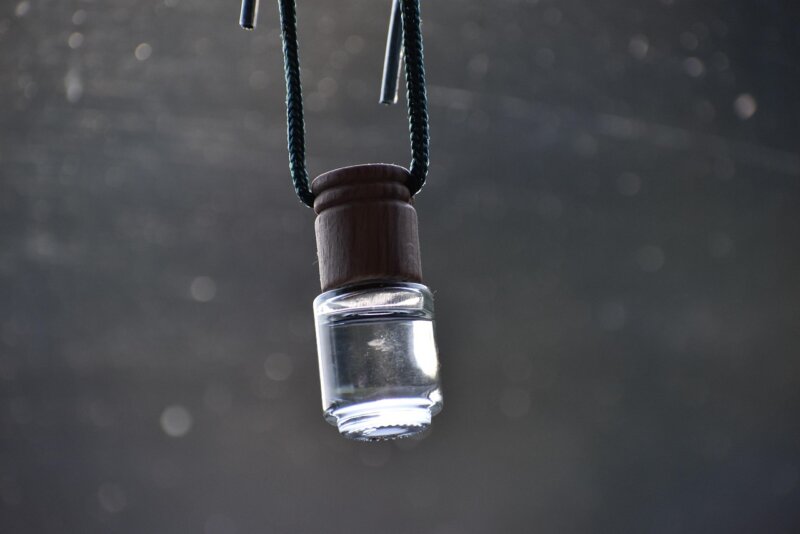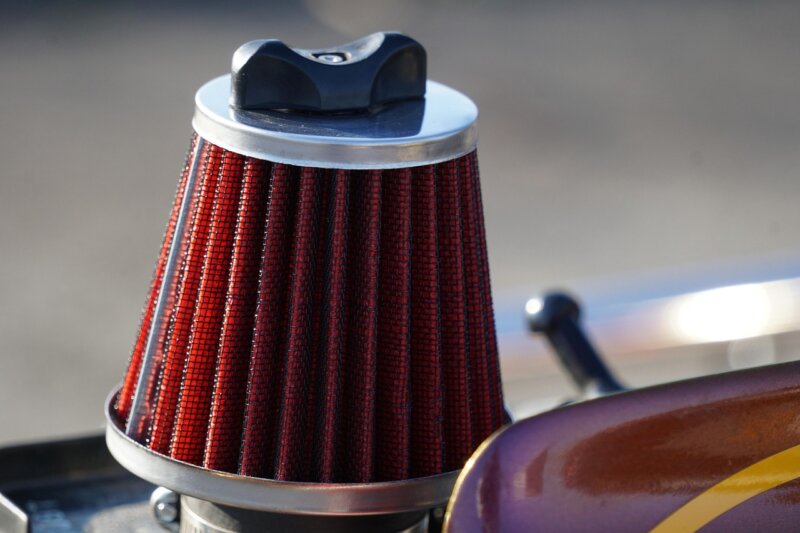Swirl marks, faint scratches, and dull paint can make any car look tired. Paint correction fixes those flaws by smoothing the clear coat and restoring gloss. You will learn how one-step, two-step, and three-step methods work for paint restoration, surface polishing, and scratch removal.
Each process has a purpose. The right choice depends on your paint, your time, and your budget. By the end, picking a plan for simple car care will feel easy.
What is Paint Correction?
Paint correction is an automotive detailing process that removes visible paint defects. Common defects include swirl marks, haze, water spots, and light scratches. A technician uses a machine polisher, foam or microfiber pads, and liquid abrasives called compounds and polishes.
The clear coat is the thin, transparent top layer over the color. Correction carefully levels that layer, which reduces defects and brings back clarity. This work also prepares the surface for wax, sealant, or ceramic coating.
Maryland Auto Spa offers paint correction along with ceramic coating, paint protection film, and exterior detailing services. Many owners choose a correction service first, then add protection to lock in the shine.
Let’s look at how one-step paint correction works next.
One-Step Paint Correction
One-step paint correction uses a single product to cut and finish in one pass. It targets light surface defects like faint swirl marks or mild oxidation. The process is quick and friendly for beginners who want visible paint restoration without a long day.
Key features and process (One-Step)
This method blends gentle cutting with finishing polish in one stage. It is ideal for regular maintenance and fast surface polishing.
- Wash and dry the car to remove dirt and dust.
- If the paint feels rough, use a clay bar to decontaminate.
- Choose an all-in-one polish and a soft to medium pad.
- Work small sections with a dual-action polisher on the clear coat.
- Make slow, overlapping passes; avoid heavy pressure.
- Wipe residue with a clean towel; inspect under bright light.
- Apply wax or sealant for protection and extra gloss.
One-step saves time and cost. It will not remove deep scratches or heavy oxidation. For that, a multi-step process is needed.
Best for light imperfections
One-step correction shines on newer paint or daily drivers with mild defects. It can erase haze and light swirl marks fast. Picture Perfect Polish is a strong choice for this kind of job.
Andy S., a customer, reported about a 90 percent improvement using Picture Perfect Polish in half the time of a three-step service. Some random deep scratches may remain, which is normal. The finish still looks much cleaner and brighter.
Use one-step as a prep before a ceramic spray or protective coating. If your vehicle shows moderate issues, two-step paint correction may be a better fit.
Two-Step Paint Correction
The two-step process removes more noticeable defects and improves depth and clarity. It uses a cutting stage for correction, then a polishing stage for gloss. Results look smoother and richer compared to one-step.
Key features and process (Two-Step)
Stage one uses an abrasive compound with a machine polisher. This step levels the clear coat to reduce scratches, old swirl marks, and water spots. It is a common choice for paint restoration on vehicles with many defects.
Stage two uses a finer polish to remove haze from the first step. This brings a crisp, glossy finish. Two-step work takes longer and needs care, since aggressive polishing can thin the clear coat if done poorly.
Many owners hire professional shops like Maryland Auto Spa for this service. Skilled techs match pads and products to the paint system and keep the work safe.
Suitable for moderate defects
Two-step correction is ideal for moderate swirl marks, light scratches, water spots, and oxidation. The cutting stage removes the defects. A finishing polish, such as Picture Perfect Polish, boosts gloss and smoothness.
This method is also a strong prep before a ceramic coating. It balances defect removal with shine, which fits many older or neglected cars. Time and cost sit between one-step and three-step services.
You can tune the process panel by panel. Use stronger or milder combinations where needed to get even results across the car.
Three-Step Paint Correction
Three-step correction targets heavy paint damage with maximum clarity in mind. It combines strong cutting, refining, and a final finishing polish for deep scratch removal. Results can look close to a show car finish.
Key features and process (Three-Step)
The first step uses a heavy compound to remove swirl marks, oxidation, and deeper scratches. Next, a mid polish refines the surface and lifts gloss. For restoration projects and show cars, this sequence works very well.
The last step uses a fine finishing polish, often called jeweling. It boosts clarity and adds a wet look to the clear coat. Expect the best results, along with the most time spent on detailing.
Skilled pros favor this method for near-perfect finishes that hold up under close inspection and bright light.
Ideal for severe imperfections
Three-step correction is the top option for severe paint problems. Strong scratches, deep oxidation, and faded panels need this level of work. Many high-end restorations rely on it for complete surface correction.
The process starts with a strong cut to remove the worst defects. A second stage refines the surface for high gloss. The finisher then brings out that mirror look many owners want.
This approach takes experience and the right tools. It is slower and costs more than one- or two-step methods, but the payoff is maximum shine and defect removal.
Comparing One-Step, Two-Step, and Three-Step Methods
Each method solves a different set of paint issues. The right pick depends on defect level, paint hardness, and your goals for appearance and protection.
Pros and cons of each method (Comparison)
One-step paint correction is fast and budget friendly. It suits newer cars with light defects and offers easy surface polishing. It will not fix deep scratches or stubborn oxidation.
Two-step correction uses a compound, then a polish. It handles moderate defects and gives a clear, glossy finish. It takes more time, product, and skill compared to one-step.
Three-step correction removes severe damage in stages and can reach near-showroom quality, as with Maryland Auto Spa’s Level 3 Paint Correction service. It needs the most time and expertise, but it delivers the highest level of paint restoration.
Full correction is not always needed for routine automotive care. Good washing methods, safe drying, and quality protection can preserve results for months. Automatic car washes can scratch fresh finishes, which can undo careful work.
Bottom Line
Choose a method that matches your paint and your schedule. One-step is best for light cleanup and quick gloss. Two-step suits moderate defects and deeper scratch removal. Three-step provides the most complete fix for severe paint issues.
Use trusted brands like Meguiar’s or CarPro for at-home work. If the job feels complex, a pro detailer can handle the polishing safely. Maryland Auto Spa can restore clarity, then protect the clear coat with wax, sealant, or ceramic coating. With the right plan, your car will shine again and stay that way longer.

